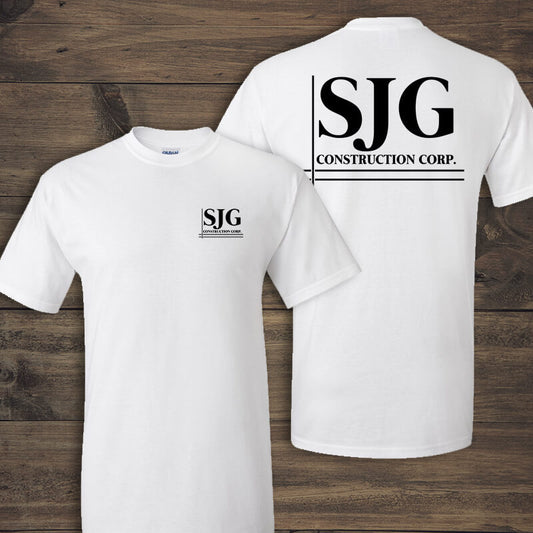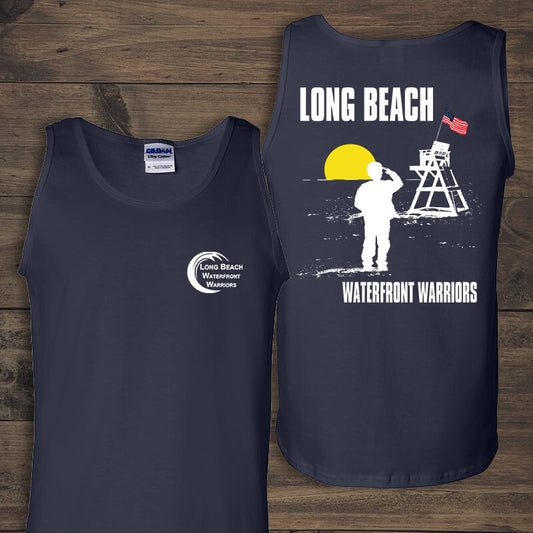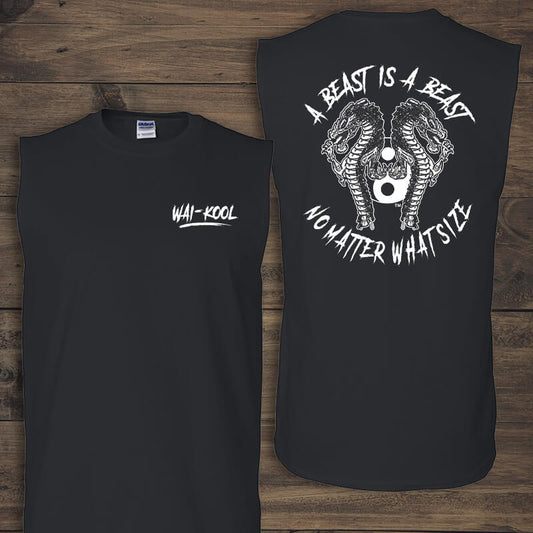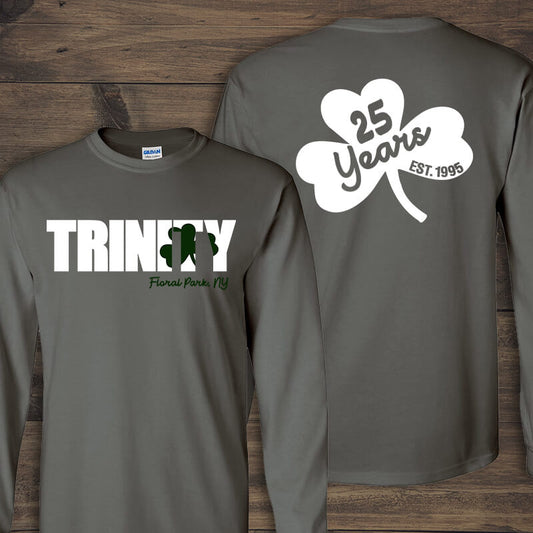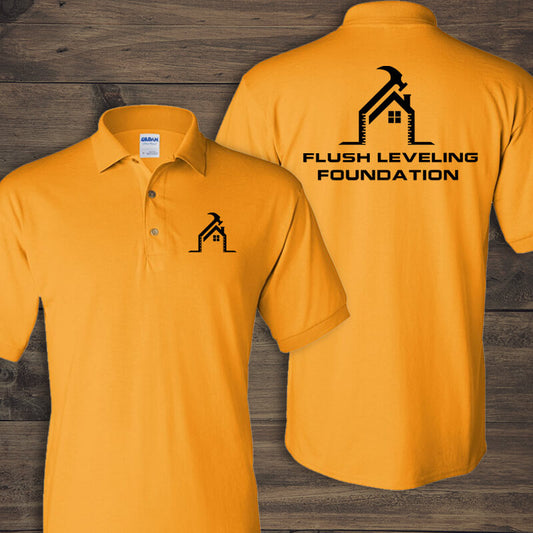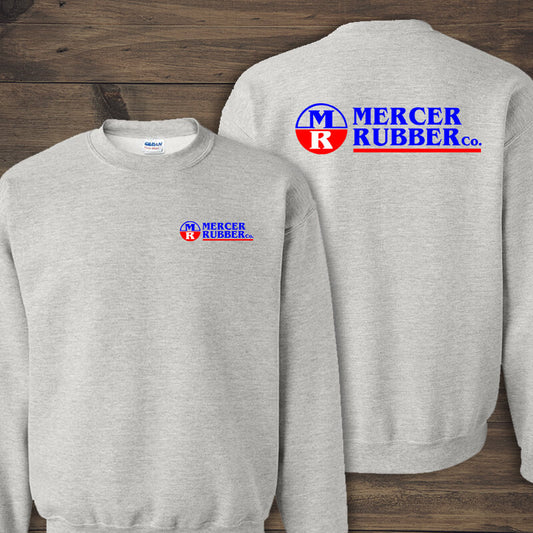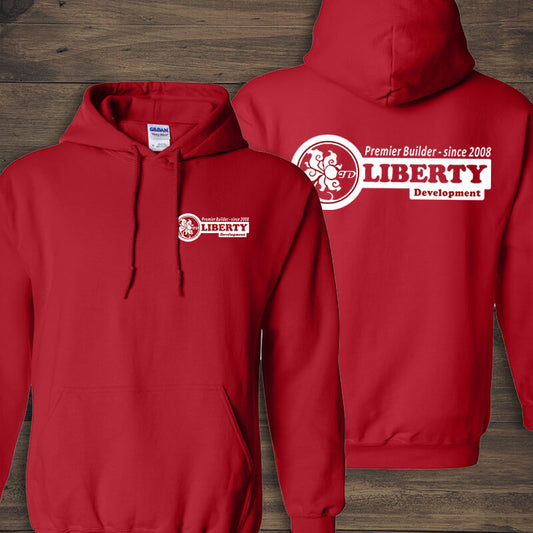Which Fabrics Work Best for Embroidery?
Alexis VSo you're ready to place an order for custom clothing for your business, but should you choose embroidery, screen printing, or some other kind of customization? There are a lot of things to take into consideration when answering this question.
One consideration is the fabric of the garment that you're planning on customizing. In general, embroidery works on most fabrics, but read on to find out the garments that best lend themselves to embroidery. Thicker fabrics tend to work best for embroidery. Probably the most quintessential embroidered product is the custom tote bag.
Other fabrics that work will include anything twill, like polo shirts, Oxfords, hats, and cotton garments. Thinner fabrics are a little trickier. We generally don't recommend embroidering on silk or rayon (ever seen that scene in Legally Blonde where Elle tells the sales person that the stitching she just described would "snag" the rayon dress?), for example. On very thin garments you may see small holes where the embroidery needle has entered and exited the fabric.
For thinner, yet not too thin fabrics, we are able to use something called "backing" to reinforce the embroidery stitch. Backing refers to a sturdy, flexible piece of fabric placed on the inside of a garment to give embroidery stitches something to grip onto.
We use two types of backing at EZ Corporate Clothing. One that has to be cut off and one that can be torn off after the embroidery process. We generally use the tear-off on more sturdy fabrics and the cut-off on more delicate fabrics. You won't need to make this decision; we'll take care of that for you!
Have other questions about the embroidery process? Leave them in the comments section or give EZ Corporate Clothing a call at 1-877-304-1899. -Michelle Giuseffi

